SUMMARY
Description, types, characteristics and qualities of LTS materials
INTRODUCTION
Tin is the most expensive raw material among those used for the manufacture of tin. Therefore, since the introduction of electrolytic tinning, the interest in reducing the thickness of the tin coating has been a constant, driven by its scarcity and the need to reduce costs in production processes.
The generalization of the use of electric welding and above all the development in the technology of manufacture of embedded packaging, has allowed to introduce the use of tinplate with low tin coatings since they suppose a significant reduction of costs.
These materials are called Low Tin Steel or LTS and have acceptable solderability, moderate corrosion resistance and good adhesion to varnish. Their results, therefore, are comparable to other materials such as TFS and compete better in price than electrolytic tinplate. For that reason they have a certain market and their use seems to be more.
COMPOSITION
The LTS material consists of:
– A central body of laminated steel base.
– A light layer of free or alloyed tin with a value of less than 2 gr / m2.
– Contribution of chromium and chromium oxide
– Passivation
Figure 1 shows a section of these successive layers that make up the surface of LTS materials
Figure nº 1: Components of an LTS section
TYPES
The materials of low coating designated as LTS are rolled steel with a surface protection of tin below 2.8 gr / m2, normally ranging between 0.5 and 2 g / m2. These lower coating values can produce lower corrosion resistance than conventional tinplate.
To compensate for this lower resistance, the steel industry modifies the tinning conditions, achieving greater compactness and homogeneity of the tin layer. This is achieved by using a weakly acid electrolytic bath with low concentration of stannous ion and addition of sulfates to decrease the high potential that electrodeposition requires. On this weak coating, a chrome-chromium oxide passivation layer is deposited electrolytically more important than in conventional tinplate.
In the market there are different types of low coating material (LTS), among others we can mention:
– Type ATP. It consists of a tin coating of less than 1 g / m2 and receives a special passivation treatment based on a solution based on chromic acid, sulfates and fluorosilicates. The structure of the iron-tin alloy layer is denser and more compact achieved by remelting.
– Type LTS preniquelado. Nickel plating increases corrosion resistance by making the subsequent tin deposit more uniform and dense. Tin-nickel alloys are formed, which stabilize during baking.
– Type Hi-Pac. Its main characteristic is that it has a tin-iron alloy formed at very high temperatures (600º c), achieving a compact and high density layer, a factor that prevents intermetallic growth during curing. Free tin is conserved in greater proportion than other LTS, and consequently, it presents better weldability. The passivation treatment is by electrodeposition of chromic acid in a potassium dichromate solution.
CHARACTERISTICS
Although there are many different types of LTS steel, and each has its own peculiarities, and therefore its characteristics according to the predominant layer are tin or passivation, the following can be generalized:
– The greater the tin-iron alloy layer, the greater the resistance to corrosion.
– The higher the formation temperature of this layer, the more homogeneous and dense it is, presenting greater resistance to corrosion.
– The greater the free tin, the more soldering ability it will present.
– The smaller the chromium oxide layer, the greater the corrosion resistance and the lower the sulfur resistance.
– The smaller the free tin, the better the adhesion to the varnish.
QUALITIES
By way of summary, we can list the following properties of LTS materials:
– Good compatibility with varnishes.
– Resistance to corrosion comparable to a tinplate coating 2.8 gr / m2.
– Better resistance to sulfuration than Tinplate 2.8 and somewhat worse than TFS.
– Adherence of varnishes similar to TFS and better than tin.
– Allow differential coatings.
– They can not be baked at temperatures as high as the TFS.
– Can only be used with products of low aggressiveness.

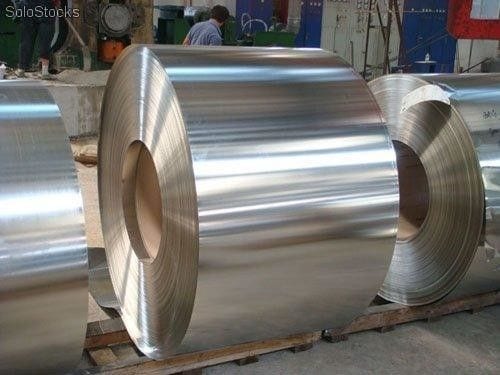


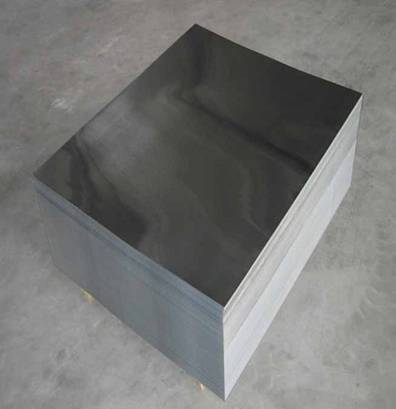
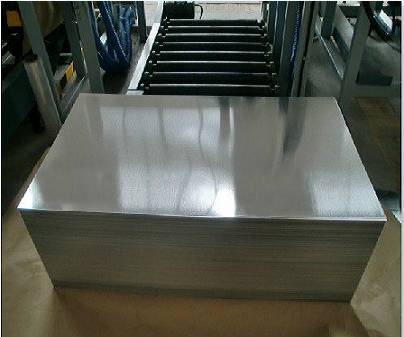
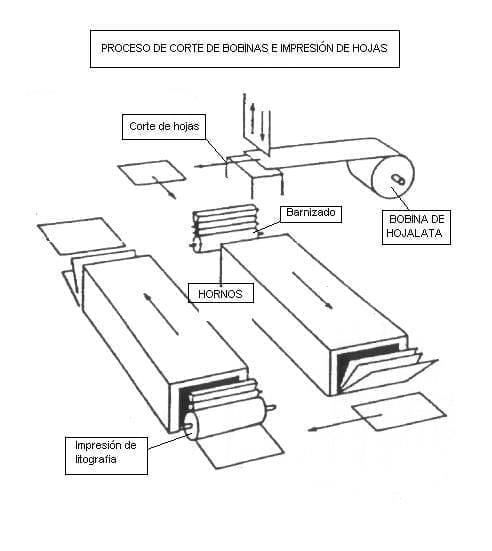
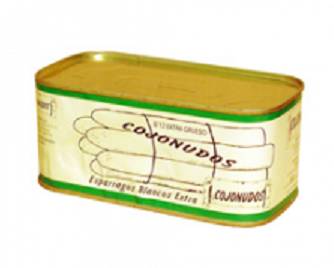
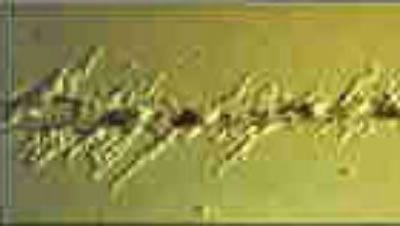
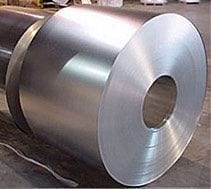
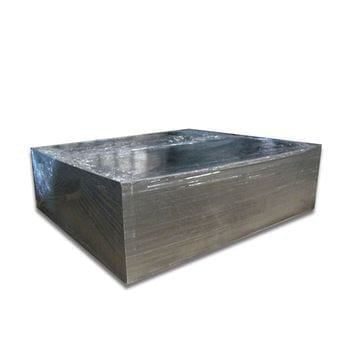
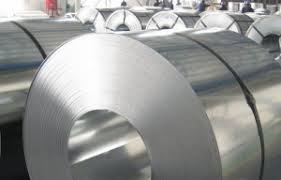




0 Comments